.
.
.
.
© Veryl Oakland
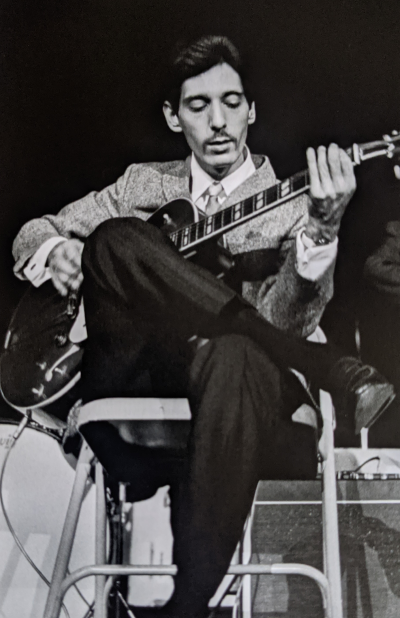
Pat Martino at the 1967 Berkeley Jazz Festival
.
___
.
…..Pat Martino, a giant of the jazz guitar since his early twenties when he led mid-1960s sessions for the prominent jazz label Prestige Records, died on November 1 from a chronic respiratory disorder.
…..While he will always be remembered for his musical gifts and a career that included working with a wide array of noteworthy jazz musicians – the likes of Sonny Stitt, Gene Ammons, Chick Corea and Bobby Hutcherson among them – he will also surely be revered for the courage of his recovery from a severe brain aneurism in 1980 that nearly killed him and left him without a memory or an ability to play the guitar. A way back to health for him was through a re-listening and intense study of his own recordings, which served to reverse his memory loss and eventually return him to prominence on the guitar.
…..There are several excellent web resources on Martino, including a concise biography at Patmartino.com, Neil Genzlinger’s obituary in the New York Times, as well as Dan DeLuca of the Philadelphia Inquirer (Martino’s home town).
…..Also, a remembrance (and photographs) of Martino worth sharing is provided by the photographer Veryl Oakland, who in the following excerpt from his 2018 book Jazz in Available Light, writes about Martino and his 1976 photo session with him at San Francisco’s Palace of Fine Arts.
.
.
.
© Veryl Oakland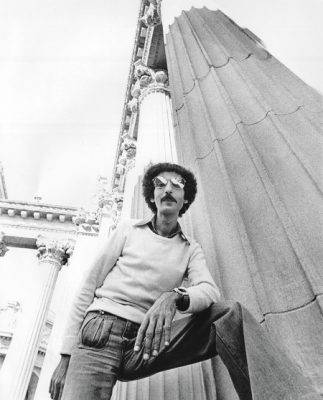
Calm Before the Storm
Pat Martino
San Francisco, California
.
Every once in awhile, I wonder what it might be like to reach out to the man again…to reconnect, and possibly even relive those enjoyable moments we had together that late 1976 weekend in San Francisco. After all, I was sharing the afternoon with one of a handful of my all-time favorite jazz guitarists, Pat Martino.
But, of course, that could never have happened. Even if it had been one of his greatest experiences ever, Pat wouldn’t remember me or our afternoon together. That’s because just a few years after our visit – in 1980 – Martino’s lifelong, but misdiagnosed, struggle with AVM (arteriovenous malformation) would culminate in a brain aneurysm and near death.
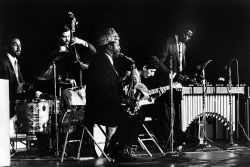
.
© Veryl Oakland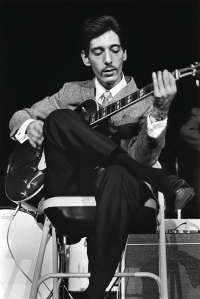
Life for Pat Martino would have to start all over again.
The guitarist was four years younger than me, just a skinny kid in his early twenties, when I first saw him perform with alto saxophonist John Handy and vibraphonist Bobby Hutcherson at the inaugural University of California, Berkeley Jazz Festival in 1967. Despite clearly being the youngest, smallest person onstage, he caught the audience by surprise when he took one solo, weaving together a meticulous flow of blistering eighth note phrases. It was amazing.
Handy recalled those times, saying, “He was a tiny guy, but he played big music. He could play his little ass off, man.”
Every time I witnessed Martino’s future performances, he did things that were totally surprising, even revelatory. He never disappointed.
When we met for our photo session that afternoon at the Palace of Fine Arts, Pat was joined by his newest pianist, Berklee College of Music alum Delmar Brown. The two were in the midst of an international tour promoting their Warner Brothers release, Joyous Lake, which would become one of the finer jazz-fusion recordings from that period. The guitarist was jovial and upbeat our whole time together. It was obvious that Pat Martino was enjoying the fruits of his ever-expanding career.
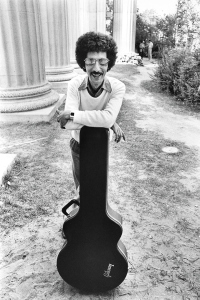
It was only many years later, following his miraculous surgery, that I learned the details of Martino’s life-altering course through his revealing autobiography, Here and Now! In it, Pat chronicled how he overcame the devastating effects of memory loss, depression, anxiety, and overwhelming negativity throughout an arduous recovery period. I discovered how it took years for him to re-learn his art and re-emerge as one of today’s most vibrant and inspiring performers.
It occurs to me that all of us in the jazz community have been truly blessed, given a second chance to see and hear two highly-productive – and beyond talented – walking miracles: Pat Martino and Quincy Jones, who also survived a brain aneurysm and surgery in 1974. Both escaped near death and just kept on contributing, kept on creating some of the greatest music for us all to enjoy.
.
.
© Veryl Oakland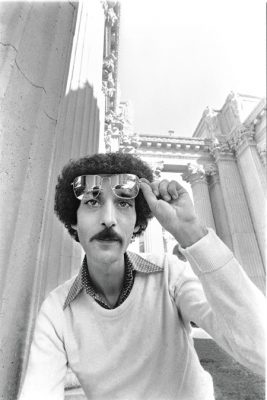
Pat Martino (Pat Azzara)
guitar, composer
Born: August 25, 1944
Died: November 1, 2021
.
.
Click to listen to Pat Martino play the 1976 recording “You Don’t Know What Love Is”
.
.
.
_____
.
.
This excerpt from Jazz in Available Light appears courtesy of Veryl Oakland. Jerry Jazz Musician has published many photographs and stories from the book, which can be accessed by clicking on the links below:
.
Click here to read the edition featuring Stan Getz, Sun Ra and Carla Bley
Click here to read the edition featuring Art Pepper, Pat Martino and Joe Williams
Click here to read the edition featuring Yusef Lateef and Chet Baker
Click here to read the edition featuring Mal Waldron, Jackie McLean and Joe Henderson
Click here to read the edition featuring Dexter Gordon, Art Farmer and Johnny Griffin
Click here to read the edition featuring Thelonious Monk, Paul Bley and Cecil Taylor
Click here to read the edition featuring drummers Jo Jones, Art Blakey and Elvin Jones
Click here to read the edition featuring Monk Montgomery and the jazz musicians of Las Vegas
.
.
.
All photographs copyright Veryl Oakland. All text and photographs excerpted with author’s permission from Jazz in Available Light, Illuminating the Jazz Greats from the 1960s, ’70s, and ’80s
.
You can read Mr. Oakland’s introduction to this series by clicking here
Visit his web page and Instagram
.
.
.




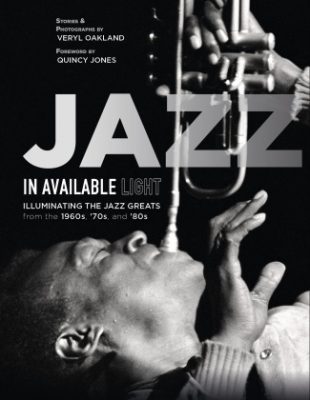




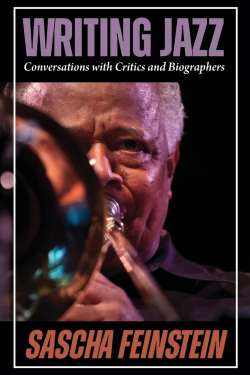

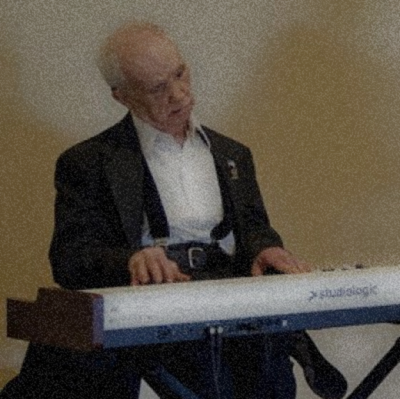






























Thank you for this memorial article and the photographs of the late great Pat Martino. I first became aware of Martino in the mid-1970s when I was making my way as a nascent jazz record reviewer for the Patriot Ledger (in Quincy, MA). I wrote about his albums “Starbright” and “We’ll Be Together Again” (which contains his classic version of ‘Willow Weep for Me.’ He had an eclectic playing style that could go from lush to spare, and always melodic. RIP.